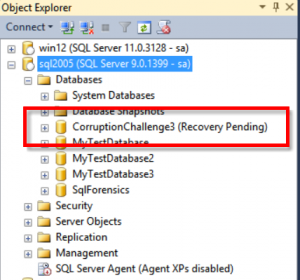SQL Saturday Redmond
Yesterday I blogged about submitting to SQL Saturday Denver, which is about 5 months away, after writing that post, I realized that I haven’t even blogged about SQL Saturday Redmond which is occurring in just over 2 weeks.

SQL Saturday #393 Redmond marks just 3 years since my first time speaking at a SQL Saturday #108 in Redmond. So lets take a look back, at Feb 5th, 2012, it was my first time presenting at a SQL Saturday ever, I had discovered this cool new query tool called the Common Table Expression, and I prepared my presentation. I practiced my presentation once before Saturday, and I was ready. Did I mention, that this was also my first time every attending a PASS event, or a SQL Saturday, and I was presenting. I was in the morning time slot after the keynote, and boy was I nervous. Over the next year I presented at I few other SQL Saturdays, and finally a book publisher, Joes 2 Pros noticed my presentation and asked me if I wanted to turn it into a book. In 2012 and 2013, I turned it into a book, which was released the same day as SQL Saturday #212 Redmond, where I again was selected to present on Common Table Expressions, this time I had books to give away as a prize.


